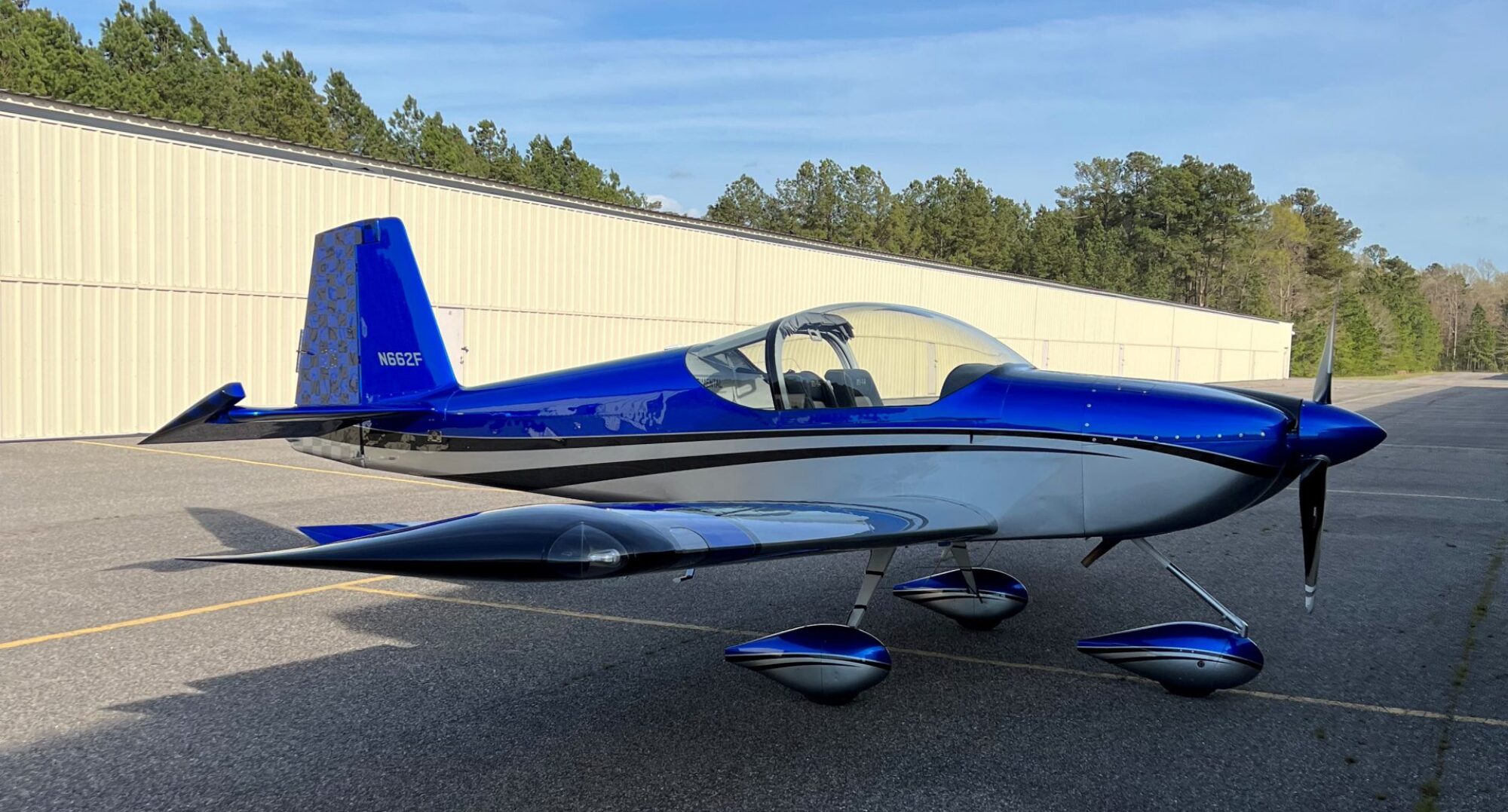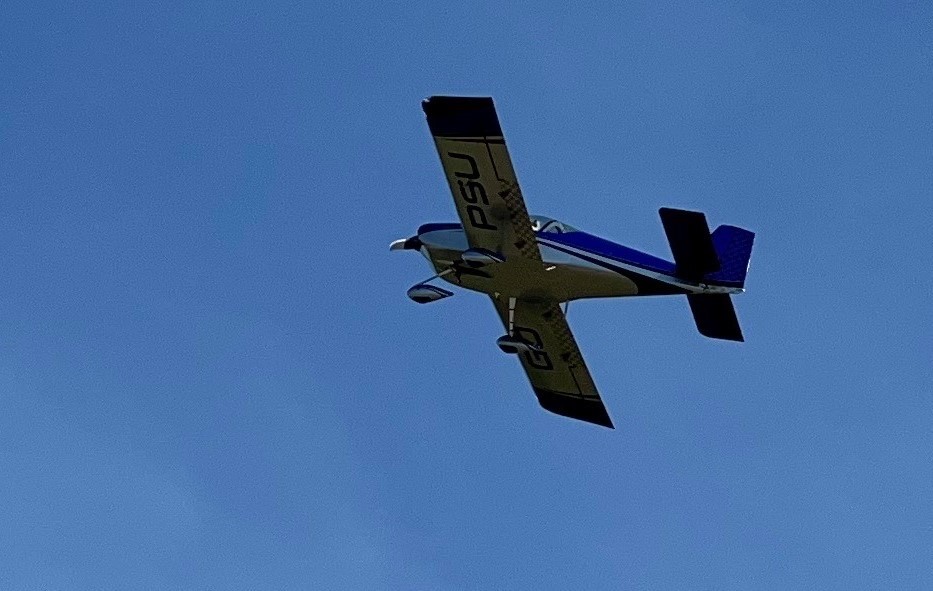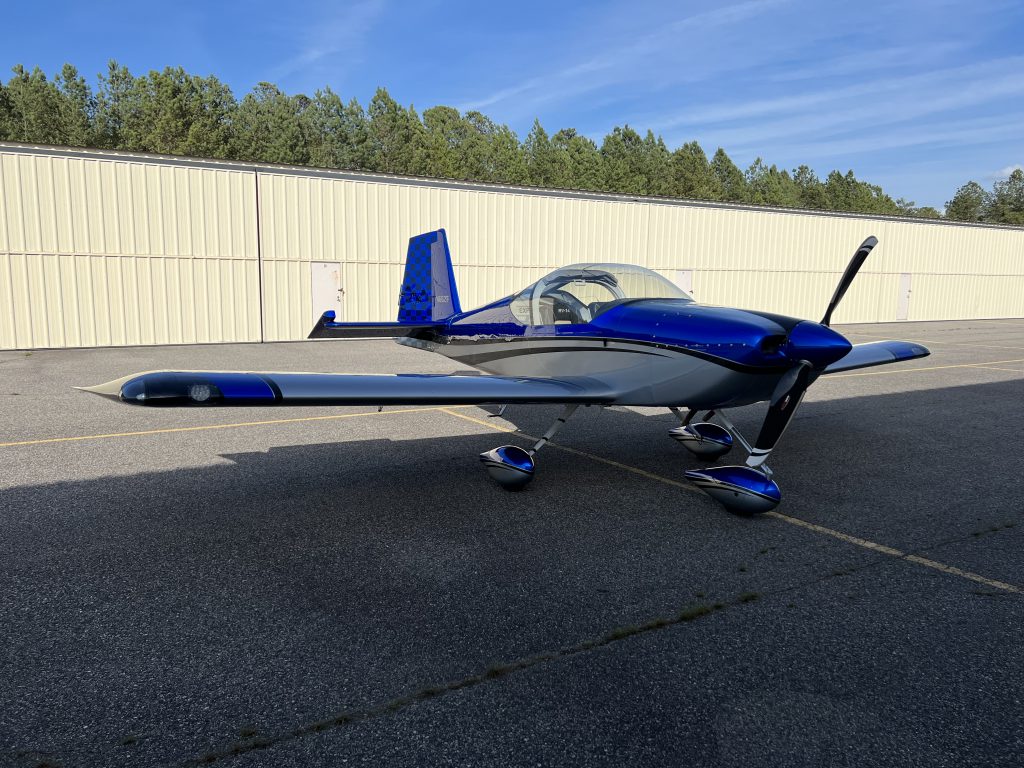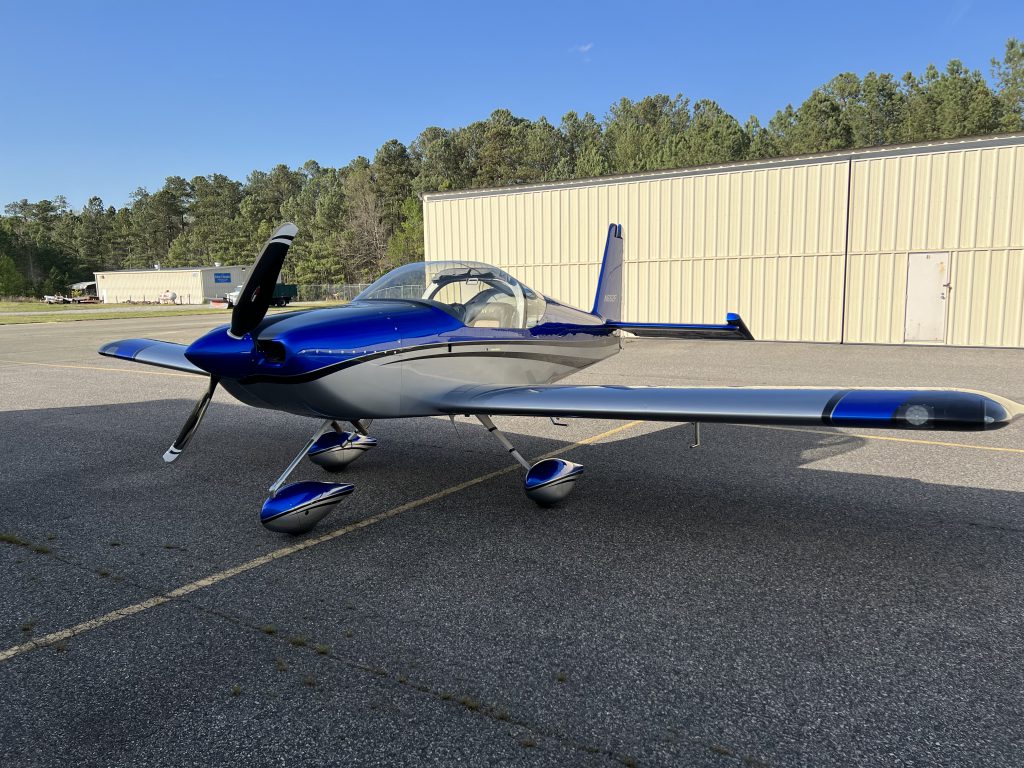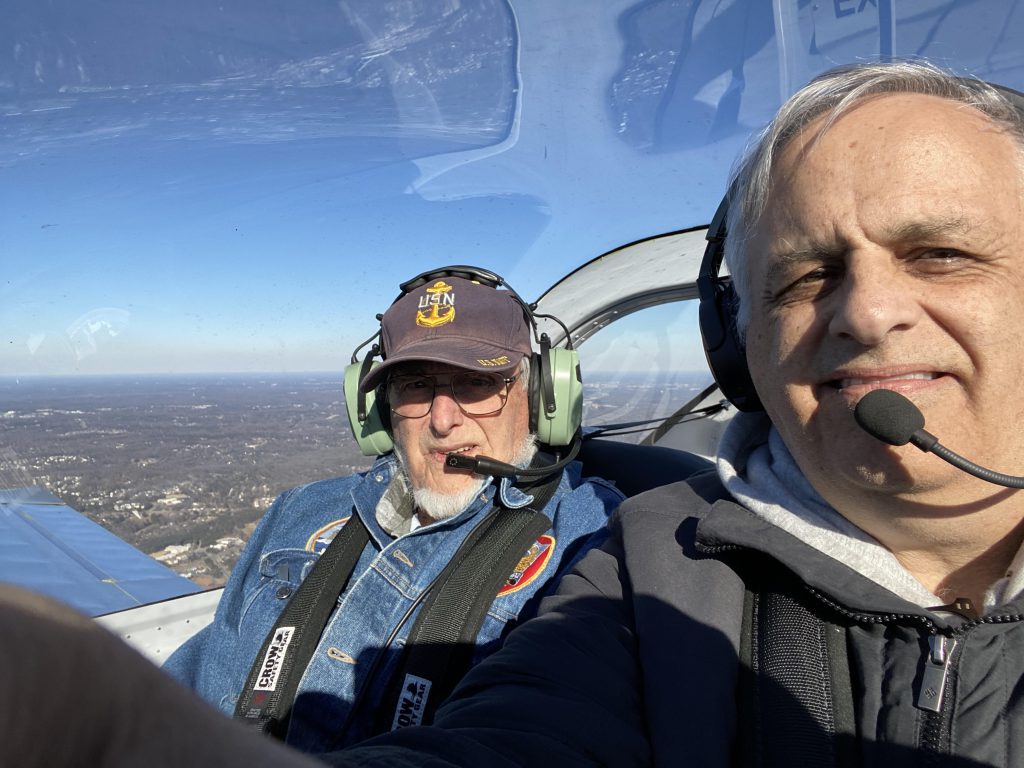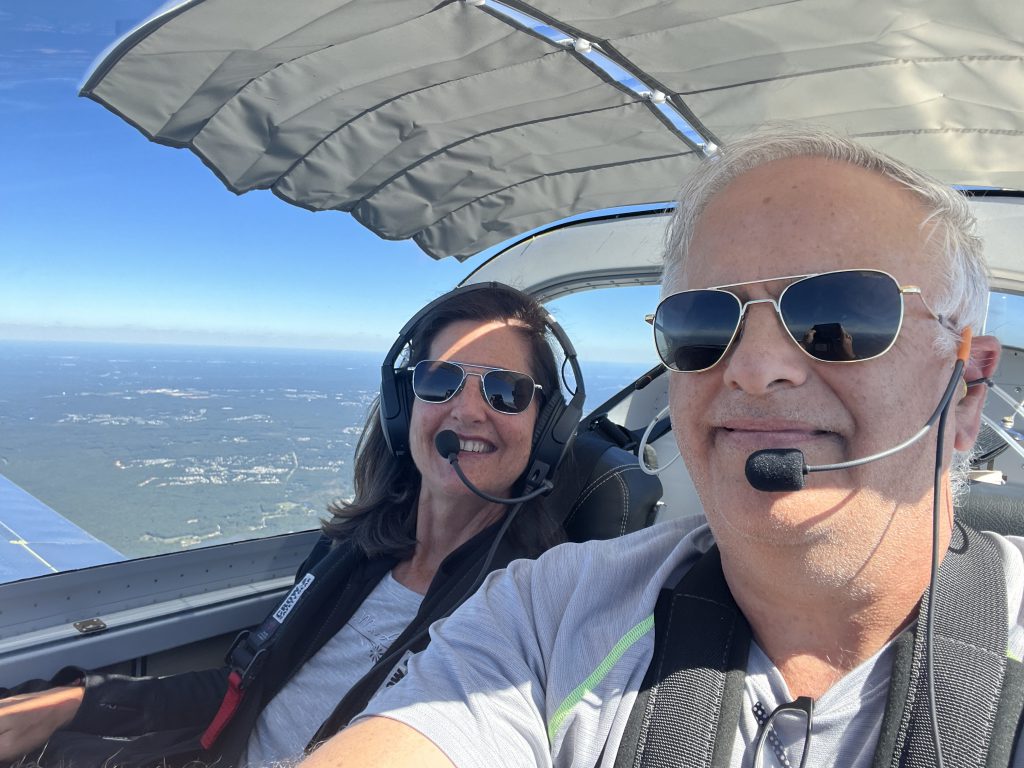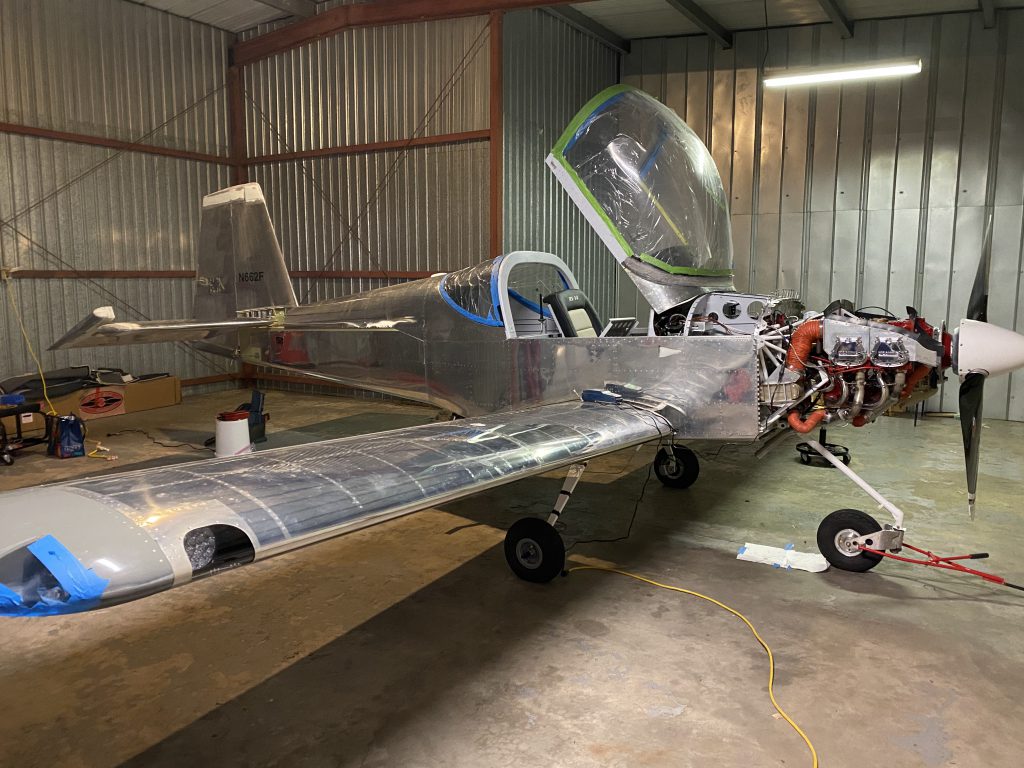I flew two long cross-country flights (and lots of shorter ones):
Richmond (KFCI) to Chicago, IL (KPWK)
Richmond (KFCI) to Hopkinsville, KY (KHVC).
Had a fantastic tailwind on the return flight from KY:
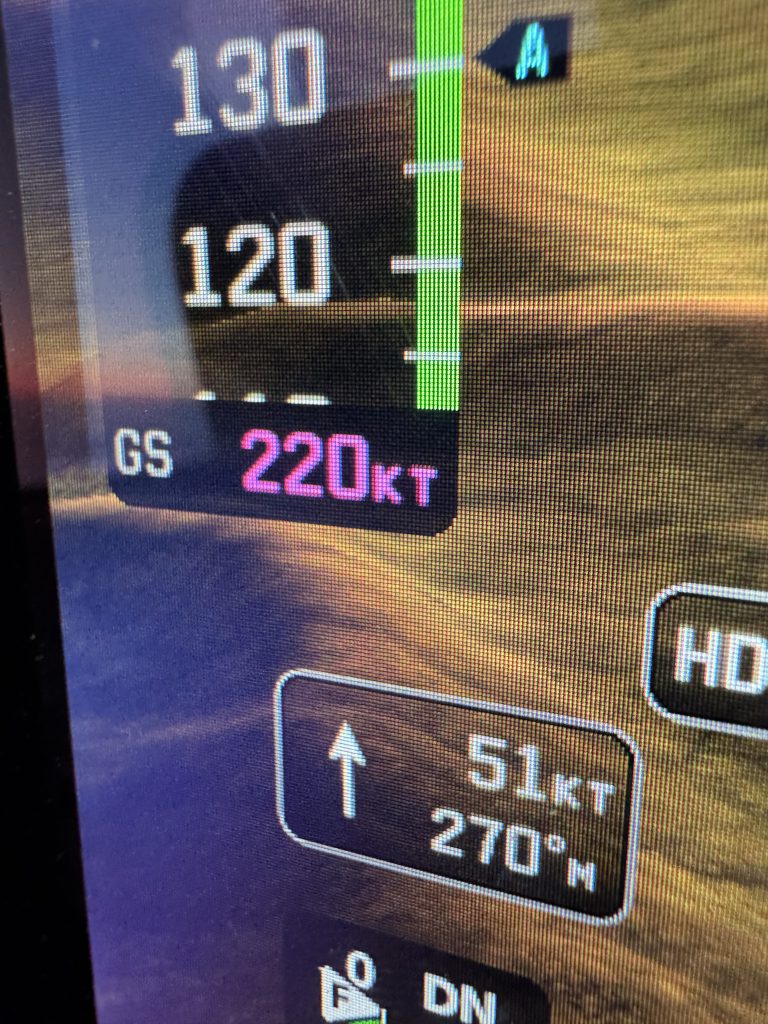
I got my CFI rating using my RV-14A for my check ride.
I got my CFII rating using my RV-14A for my check ride.
This probably isn’t the easiest way to accomplish those goals because some DPEs don’t want to fly in airplanes they are not familiar with. Luckily, I convinced two different DPEs to fly with me. Of the two, I would say that the CFII was the one I was most worried about (many people say the opposite). I think there are so many ways to bust the CFII check ride (get low, off course, bad radio work, etc. etc.). Somehow, I didn’t do any of those three but I did nearly fail because I didn’t know that I still needed to carry my commercial license with me when I have my CFI license. It actually says that right on the back of the CFI license, but I was blissfully unaware. The DPE actually let me call home and have my wife send him a copy of my commercial license (which was sitting in my top desk drawer).
